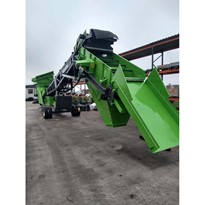The clean-up crew shovelled sand onto the oil; swept it through with a broom; then shovelled the sand back onto the truck and departed.
Job Done?
Twenty minutes later it started raining. The next car that tried to stop at the red light slid straight through the intersection and hit two other vehicles. The insurance company reviewing the incident realised the connection between the two incidents and sent a letter to the council asking for a copy of their clean-up procedure and the way in which they determine whether the road is safe to be re-opened.
Unable to supply either document the council sought legal advice which was a) Offer to pay all costs and b) Do not admit liability. The response I got from other councils surprised me. Three local councils asked how I found out about the incident. I had not disclosed in the story that the incident I had described occurred in the UK.
Clearly, this was not an isolated incident and it got me thinking - how do you tell when the clean-up is complete and the road is safe? I decided to ask the Spill Response Team Leader from a large council who had plenty of experience cleaning up road spill incidents.
His response was: "The 1990 Corolla Test".
"What's that?" I replied.
"Well", he said," I always take my wife's car to after hours spill incidents. At the end of the job I drive through the spill area at 60 kph and hit the brakes. If the Corolla does less than a 360 then the road is ready to go!"
I was not convinced that this was going to hold up in court or mollify an insurance company.
These days I suggest the Blundstone Test. This involves standing on one leg and kicking the bitumen surface with the other foot. You must wear an approved brand of safety boot to obtain reproducible results. If you do not fall over than the road is probably OK to be re-opened.
OK; The Blundstone Test is probably a bit dodgy as well. But it is better than nothing.
There is, however, a better solution and that is DO NOT USE SAND! If sand was an absorbent then there would be no water in the ocean.
I use and recommend Absorb Road Spill which is an organic based absorbent with added mineral grit. The organic absorbent is fine enough to get down into the interstitial spaces of the bitumen and absorb the oil. The cellulose based absorbent holds onto the oil even when it rains.
The mineral grit increases the slip resistance just to be on the safe side. This product is supplied by Absorb to councils, tow truck operators and fire brigades across Australia to deal with vehicle accident clean-up from roads.
That still leaves the question - How can you tell when the spill has been cleaned up?


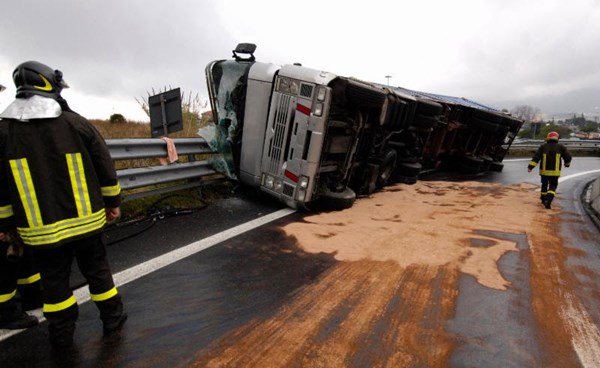
-160x160-state_article-rel-cat.png)
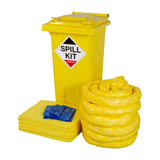
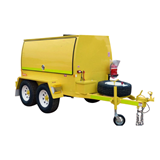
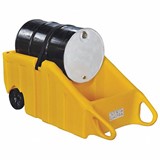



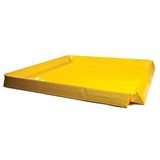

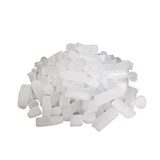
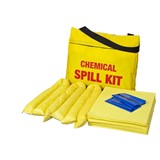
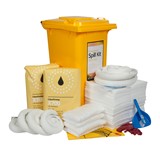

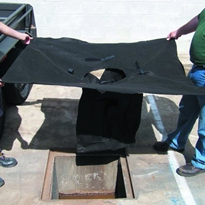
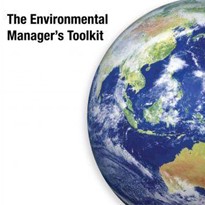
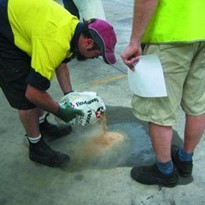



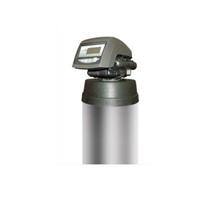
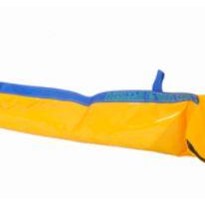
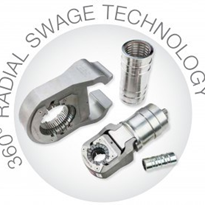


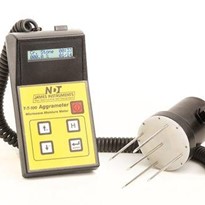
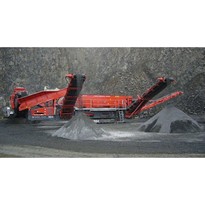
-205x205.jpg)
